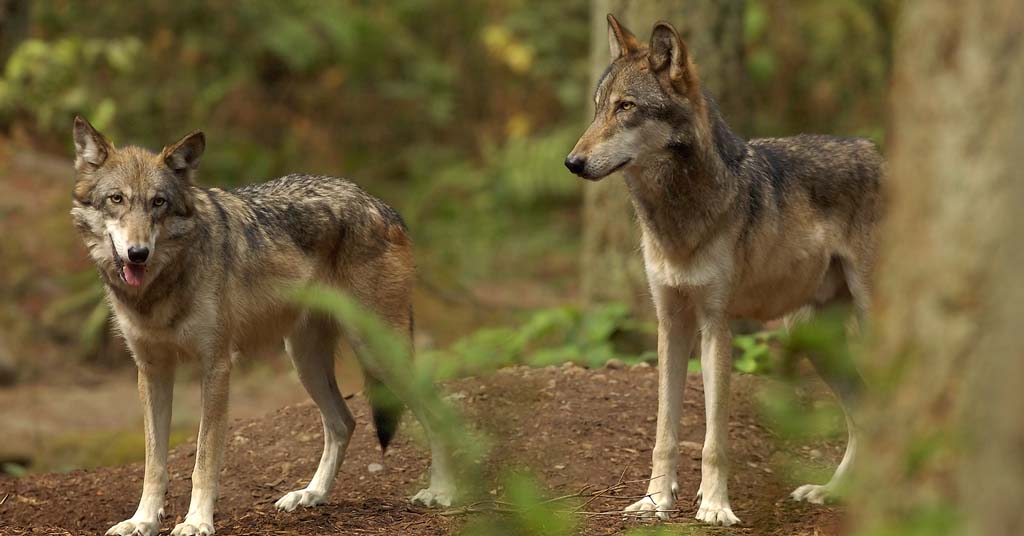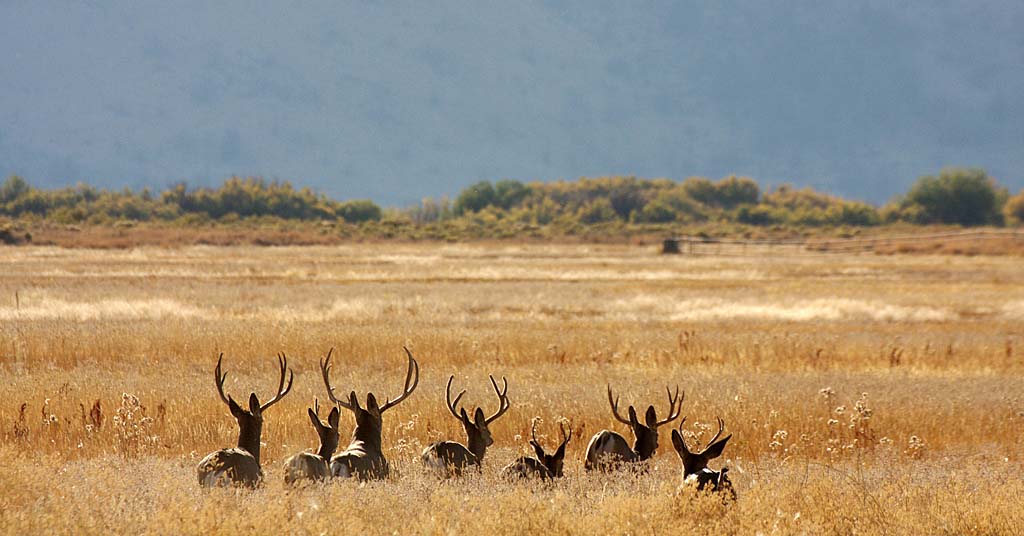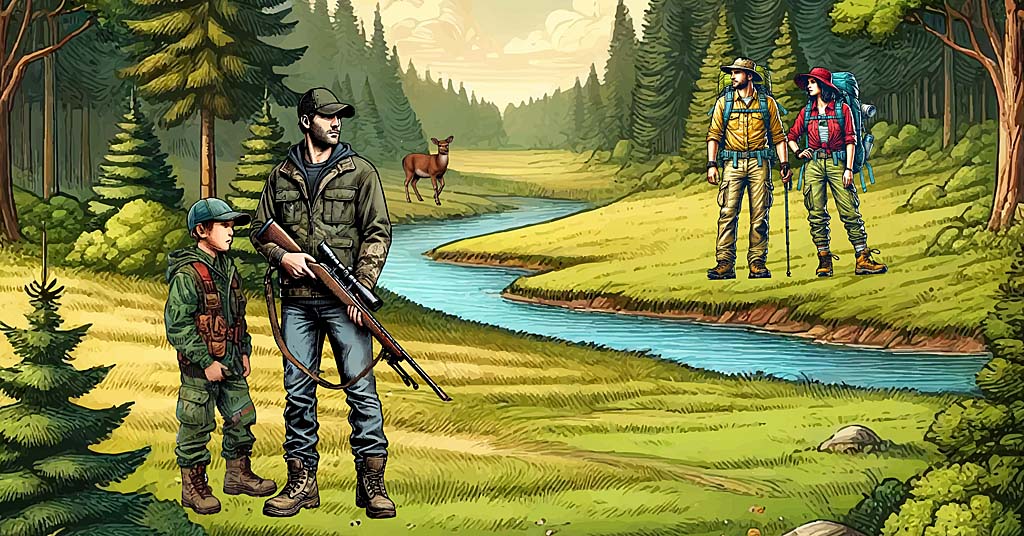State wildlife commissioners and managers are wrestling with the ethics of hunting bears fresh out of the den

Controversial target: Black bears foraging in spring are more lethargic than later in the year. Photo: WDFW
By Eli Francovich, November 1, 2021. Would you shoot a woozy, malnourished and lethargic bear? Maybe even a new mother with cubs?
Although most Americans oppose hunting bear at all, even many of those who do approve of bear hunting flinch at such descriptions. But scenarios such as this are being debated once more around the Columbia River Basin.
In Washington, wildlife managers are grappling with the ethics of spring bear hunting, a contentious issue revolving as much around morality as it does biology.
On Oct. 22, state wildlife biologists briefed the Washington Department of Fish and Wildlife Commission on a proposed spring bear hunt and listened to several hours of public testimony.
Some of that testimony was impassioned. Speakers decried the hunt, which targets groggy and hungry black bears recently emerged from winter dens.
MORE: Bear habitat is disappearing as urban boundaries expand
In contrast to that impassioned testimony, WDFW biologists encouraged the commission, a nine-member citizen group appointed by Gov. Jay Inslee, to approve a 2022 spring black bear hunt, as they’ve done in one form or another since 1999.
Per the proposed rule, WDFW would provide roughly 664 spring bear permits.
Washington is one of eight western states that have a spring black bear season. The Oregon Fish and Wildlife Commission, which approved the sale of bear hunting tags for the 2022 spring season, advises hunters that “spring bear is the first big game hunt of the year and a chance to dust off the boots and spend a spring day in the woods.”
WDFW estimates hunters will kill 145 black bears in spring 2022.
‘Robust’ bear population
At the Oct. 22 WDFW meeting, the commission said it may vote on the spring bear season during its November meeting. The public comment period ended on Nov. 1.
For those opposed to the hunt it’s a question of ethics.
“The way we manage wildlife is changing,” said Sophia Ressler, a staff attorney at the Center for Biological Diversity. “In Washington (there is) a large majority of the people who don’t hunt and public opinion shows that the non-hunting public is tolerant of some regulated hunting. The spring bear hunt is one of those behaviors that the non-hunting public finds inappropriate.”
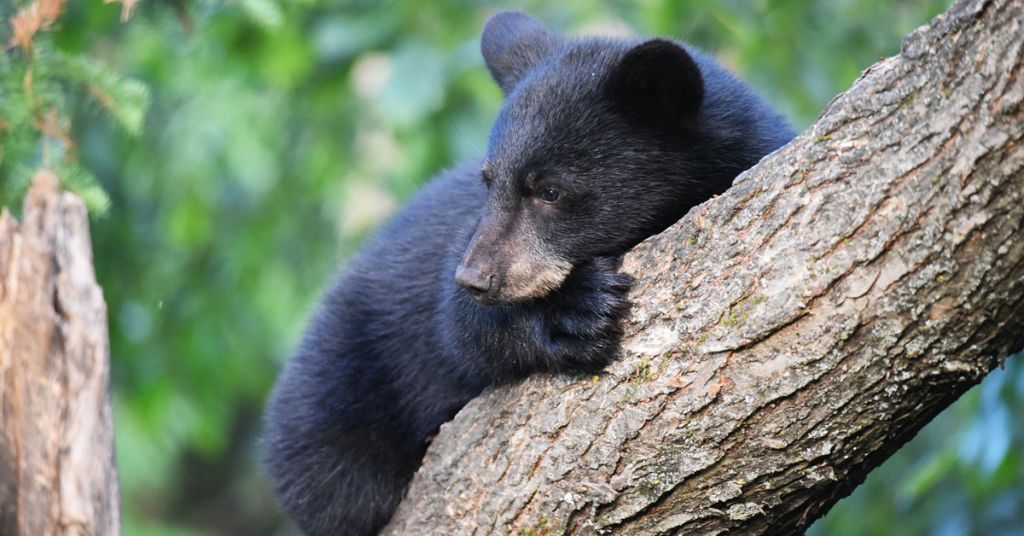
Up a tree: Motherless cubs are a just one concern surrounding spring bear hunts. Photo: Courtney Celley/USFWS
The agency has used the targeted hunt to deal with human-bear conflict and to try and improve fawn deer and elk survival, said Stephanie Simek, the carnivore section manager for WDFW. Black bears, particularly in the spring, kill and eat fawns.
The hunt is also used to reduce bear numbers in areas where timber is being damaged.
Additionally, Simek and others noted that part of the agencies’ mission is to provide sustainable hunting and fishing opportunity.
MORE: Did Creswell bear need to be killed?
As for concerns about the hunt impacting the overall bear population, Simek said in an interview that Washington’s bear population is healthy.
“Right now, in Washington, we have a fairly robust and stable population statewide,” she said. “We are working on improving our population monitoring process. But at this point, we don’t have any concerns.”
Orphaned cubs
Some advocates, and commissioners, wonder how accurate that rosy assessment from state officials really is, noting that WDFW biologists use hunter-harvest reports to estimate the black bear population.
There’s also concern that bear cubs could be orphaned. Although some research out of Canada indicates this rarely happens, others see it as a broader problem.
“Even if hunters tried to avoid killing mother bears with nursing cubs, it still happens far too frequently, since a mother bear often keeps her cubs in a tree while venturing off to forage for food,” according to the Humane Society of the United States. “And trophy hunters are notoriously bad at identifying the sex of a bear before the killing.”
Biologists are working to hone and refine their population estimates, Simek said. As part of that effort, starting in 2021 biologists collected teeth from harvested bears. By analyzing those teeth, they were able to determine the age and sex of the bears.
Simek presented those findings to the commission.
This year, hunters killed 124 black bears, 45 of which were female. One of those females was lactating, indicating that she had cubs. It’s not illegal to kill a female bear with cubs in Washington.
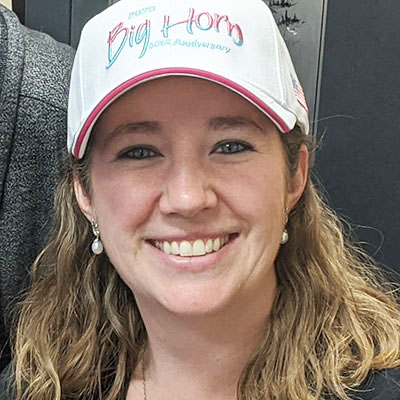
Hunting advocate: Marie Neumiller. Photo: Inland Northwest Wildlife Council
Even within the hunting community “spring bear seasons are very controversial,” said Marie Neumiller, executive director of the Spokane-based Inland Northwest Wildlife Council.
Neumiller, and the council, support the spring hunt.
She also emphasized that generally hunters have no desire to orphan cubs and are careful to avoid sow bears.
“The biggest fear around spring bear season is the orphaning of cubs, that’s a very emotional argument,” she said. “Even as a hunter, my worse fear would be to take a sow. Especially in a spring season.”
Because bears are moving more slowly in the spring, Neumiller said it’s easier to identify whether a sow has cubs or not.
The council supports the bear season, although some of the Spokane-based organization’s members would prefer to see an over-the-counter tag instead of a permit system.
“I personally like the permit because it gives them more control over population numbers,” Neumiller said. “It’s a more fine-tuned tool.
Ethical quandary
Others questioned whether it’s the place of WDFW to defend timberland and noted that nonlethal deterrents are effective when dealing with human-bear conflict.
At the end of the day, however, the argument boils down to a question of ethics.
“This is an ethical discussion for our state,” said Dan Paul the Washington state director for the Humane Society of the United States.
In 2020, a lawsuit attempted to block the 2021 season alleging that WDFW didn’t “properly notify the public that it was considering approval of the spring bear hunt.” In April, a judge denied the petition to block the 2021 season, although commissioners said they would “continue discussion of the broader topic in the future.”
MORE: Toxic ammo: How to wean hunters from lead shot
Simek, the agency biologist, welcomed the public input and said it’s her job to present the science and “be in the middle.”
“It’s good that there are people on both sides,” she said, adding later, “We are managing the population for everyone. We are trying to preserve and perpetuate these populations.”
Eli Francovich is a journalist covering conservation and recreation. Based in eastern Washington he’s writing a book about the return of wolves to the western United States.




